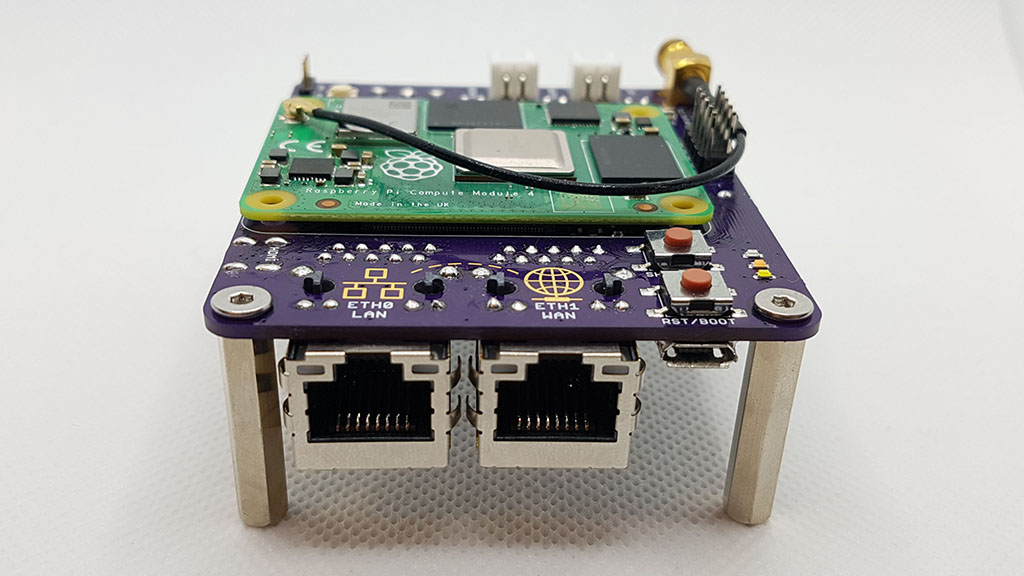Smart Email Notifier – WiFi Edition

I finally got rid of the A9G GPRS module and Vodafone network limitations! After moving into my new apartment, I found that the mailbox is right at the front door, which is within my WiFi network range. This gave me the opportunity to redesign the mail notifier, breaking free from the reliance on mobile networks. I cancelled the ATtiny402, battery charging, and GPS devices, and replaced them with the ESP-M2 WiFi module, allowing the mail notifier to connect to my WiFi network. The new design makes the mail notifier more streamlined and reliable, and I no longer have to worry about its stability issues.

General Operation
The ESP’s main task is to send an HTTP network request when mail arrives, and to maximize battery life, the ESP is only powered on when the switch is triggered, and then powered off after the request is completed, which usually takes around 4-10 seconds.
To achieve this, I designed a special circuit. The switch input is connected to a 74LVC1G98 logic gate, configured as a NAND gate with an inverted input. Normally, the switch input is pulled high through R1, and the gate output remains low, disabling the 3.3V voltage regulator.
When the switch is triggered, capacitor…


